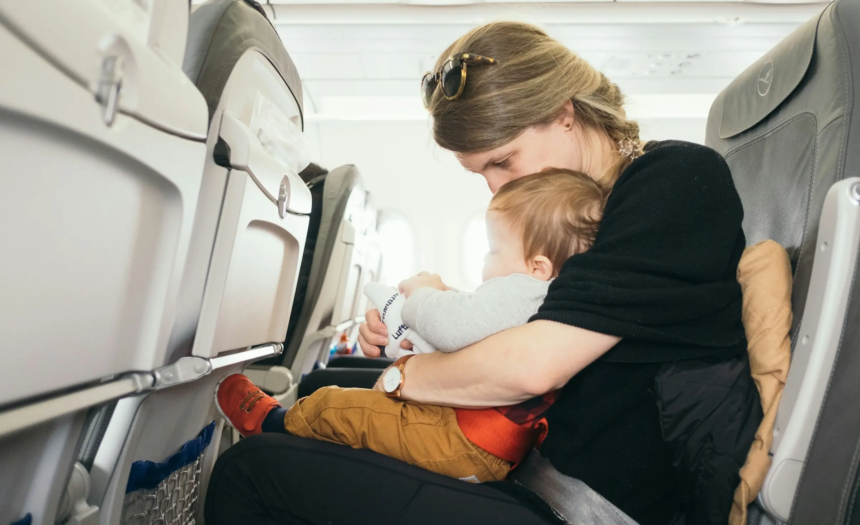On an ordinary winter morning in February 2024, Lufthansa Flight LH1234 from Frankfurt to Seville took off with 199 passengers, six crew members, and the quiet confidence that comes with every modern commercial flight. But what unfolded at 38,000 feet would soon become one of aviation’s most talked-about incidents-a dramatic reminder of both the resilience and vulnerabilities in the skies.
With just 30 minutes left before landing, the captain left the cockpit for a brief restroom break, leaving the co-pilot at the controls-a standard practice on long flights. The co-pilot, experienced and recently cleared in medical checks, showed no signs of distress as the captain stepped out.
But moments later, the unimaginable happened. The co-pilot suffered a sudden medical emergency-a seizure caused by an undiagnosed neurological condition-and lost consciousness, slumping over the controls. The cockpit, fortified to prevent hijackings, locked the captain out, leaving the plane without an active pilot.
As the captain repeatedly entered the standard and emergency door codes, the reinforced cockpit door refused to yield. Meanwhile, the autopilot system kept the Airbus A321 on a steady course, compensating for the co-pilot’s unintentional movements and preventing disaster.
Cabin crew, alerted by the captain, attempted to contact the co-pilot via the onboard telephone, but received no answer. The cockpit voice recorder later revealed strange noises and involuntary movements-clear evidence of the medical emergency unfolding behind the locked door.
After nearly 10 agonizing minutes, the co-pilot regained partial consciousness. Summoning his remaining strength, he managed to unlock the cockpit door just before the emergency override would have opened it automatically. The captain rushed in, assessed the situation, and immediately diverted the flight to Madrid.
On landing, the co-pilot was whisked to the hospital, his condition stabilized by a doctor who happened to be among the passengers. Remarkably, no passengers or crew were harmed, and the aircraft landed safely.
The Spanish Civil Aviation Accident and Incident Investigation Commission (CIAIAC) launched a thorough investigation, highlighting the challenges of detecting rare medical conditions during routine pilot screenings. Lufthansa, while conducting its own internal review, declined to comment further, citing company policy.
The incident reignited debate over cockpit protocols, especially the rule requiring two authorized crew members in the cockpit at all times-a vital safeguard against rare but potentially catastrophic events.
This 10-minute ordeal in the skies above Europe is more than just a headline-it’s a testament to the importance of rigorous safety systems, the professionalism of airline crews, and the silent reliability of modern autopilot technology. While the world may never know the names of those involved, their experience has already shaped conversations about aviation safety for years to come.
“Ever wondered why commercial planes always have two pilots up front? It’s not just a backup-it’s about safety, workload, and sheer practicality… Having two pilots ensures that if one becomes incapacitated, the other can take over immediately.”
On that day, it was a combination of human resilience and technological precision that brought everyone home safely-a story that continues to capture imaginations and shape the future of flight.















